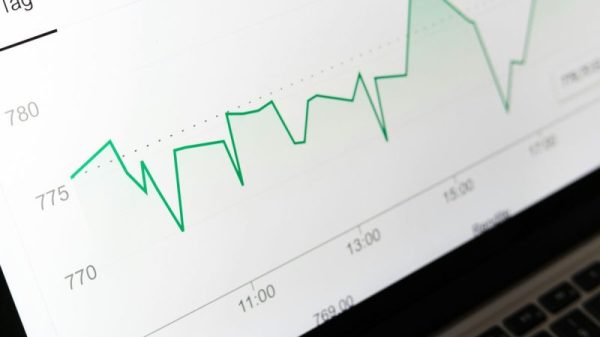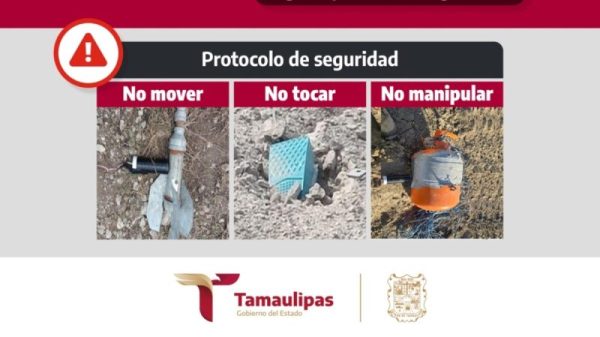Local search optimization is a subsection of SEO that focuses on improving your content and site’s visibility in organic local search results, including in maps. These results pop up at the top of search engine result pages (SERPs) for relevant queries that imply finding a physical business nearby.
The purpose of this kind of optimization is to boost brand awareness, enhance your visibility, rank higher, and, at the same time, drive foot traffic to your locations. The key benefits are more traffic to your website and more potential store/office visitors, meaning more potential business.
With the help of the right local SEO tools, you can implement a winning strategy easily. They can help you detect the right keywords, gain valuable insights from your competitor’s strategies, and set up ongoing results tracking for success.
If you don’t have specific tools in mind, you can check out a side-by-side SEO tools comparison on trusted unbiased sites like Top 10 to find software that will help you get on the right track with your local SEO basics, and when ready, you should leverage additional tools like real-time location data to gain the most out of your efforts.
Location Data and Search Optimization: How Do They Intersect?
Real-time data about a user’s position on the map and local SEO are closely bound. In order to deliver the most relevant results, search algorithms collect location data from users and suggest businesses nearby that match their query. This data can be collected in real-time through users’ smart devices, such as smartphones or tablets, or from location history from the web or a specific app if they disable their GPS position.
When organizing local search results for each request, Google, in particular, assesses three core factors to determine suggestions and rankings:
Proximity to the user – After receiving the data about a user’s GPS position, search algorithms compare it to locations of relevant businesses to recommend the nearest options.
Relevance – Algorithms leverage crawl and index data to determine businesses that are the most relevant to a given query. This is done through categories and keywords.
Prominence – Lastly, algorithms evaluate trust levels and recognition of relevant businesses based on their online mentions, citations, customer reviews, and ratings.
By optimizing your site and content to match all the aforementioned demands, you can make your way to the top local search results for your target audience. As a result, you should be able to grow your visibility and drive nearby customers.
Collecting and Analyzing Real-Time Data for Geotargeted Marketing
These days, we use a broad range of smart and IoT devices that harvest our data every day in real time. Some of them include:
Smartphones;
Smart glasses;
Smartwatch, fitness bands, and other wearables;
Portable speakers;
Headphones;
Connected, smart vehicles.
These and other gadgets are capable of capturing our precise position on a map (as well as the specific time when we are there) through GPS satellites. And the same devices can help businesses tap into geotargeted marketing. If you are wondering how you can leverage this data for local search optimization and marketing, the answer is simple – with the help of the right tools.
Location data marketing and SEO software and platforms use smart devices to collect GPS information from users and grant businesses access to this information for analysis. They organize the collected info to give you the following details of your target customers:
Country;
State;
City;
Postal code;
Saved areas (such as home or office);
Locations visited in the past;
Real-time position on the map.
By analyzing all this information, businesses can extract valuable insights about where their prospects live, work, and spend time. Based on these insights, you can fine-tune not only your local SEO but also create hyper-targeted advertising that reaches your prospects just at the right time and in the right place for maximum conversions.
Some examples of platforms that enable you to facilitate the integration of this data into your marketing and/or local SEO strategy include:
Near;
Segment;
Precisely;
Totango, etc.
Top Strategies to Enhance Your Visibility and Rankings With Geotargeted Content
Collecting and analyzing your potential customers’ data is just one part of the process. Once you do this, you need to develop a smart local content strategy that matches the obtained insights.
Here are the key strategies that you should implement:
Find Keywords That Align
Use your prospects’ GPS info to see where they live, work, and hang out, and note down the names of relevant areas that match your own area of operation. Then use specialized software to find keywords relevant to that area, for example, “restaurants in Paris,” “bakery in Strasbourg,” and so on. Assess the keywords you find based on search volume and competition to select queries that can offer you the most benefits.
Optimize a Google Business Profile
Create a Google Business Profile (unless you already have one) and optimize it. In your profile, you need to provide complete and accurate information about your business, such as the address, working hours, contact details, etc. Be sure to add the right categories to your profile to help prospects find you easier. And don’t hesitate to optimize your GBP description with target geo-bound keywords.
Integrate Keywords Into Your Website
To strengthen your local content marketing, conduct a thorough on-page optimization. Integrate your geo-bound keywords into the meta titles, descriptions, URLs, alt text, and other elements of your website to increase your rankings.
Optimize Your Existing Content
Where possible, insert your target geo-specific keywords into the content you already have on your website. You can insert them in your blog posts, landing pages, product pages, etc. For maximum impact, consider selecting just a few geo-targeted queries per piece of content as this should help you prevent keyword stuffing and keep your content natural and user-focused. When inserting queries, be sure to integrate them both into the body of your content and headings/subheadings where possible.
Create New, Local Content
Focus your efforts on creating fresh, high-quality content targeted toward your local audience and create well-optimized geo-targeted landing pages. Also, publish relevant geo-targeted blog content that resonates with your audience’s needs and interests; for example, you can tap into area-specific traditions, events, news, etc. Make your content user-first to appear at the top of local search results.
Conclusion
Local SEO is one of the most important elements of today’s marketing strategies. Just like regular search engine optimization, it’s incredibly cost-effective as it targets organic (unpaid) traffic. What’s more important, it brings traffic not only to your website but also to your physical location. Handling it shouldn’t be hard, especially now that businesses have access to real-time location data.
So, how do you create and implement a local SEO strategy? It consists of three core steps:
Creating and optimizing your Google Business Profile.
Claiming listings in area-relevant directories and receiving citations from area-specific resources, such as news sites, blogs, etc.
Crafting geo-targeted landing pages and content optimized with relevant, high-potential keywords.
After reading this article, you know how users’ GPS data can affect your strategy and help you achieve higher rankings. Use these strategies to enhance your geotargeted marketing, personalize experiences for your target customers, and drive lots of high-intent traffic, including foot traffic to your store or office.
The post Local Search Optimization: Top Tips for Boosting Results Through Real-Time Location Data From Smart Devices appeared first on IoT Business News.































